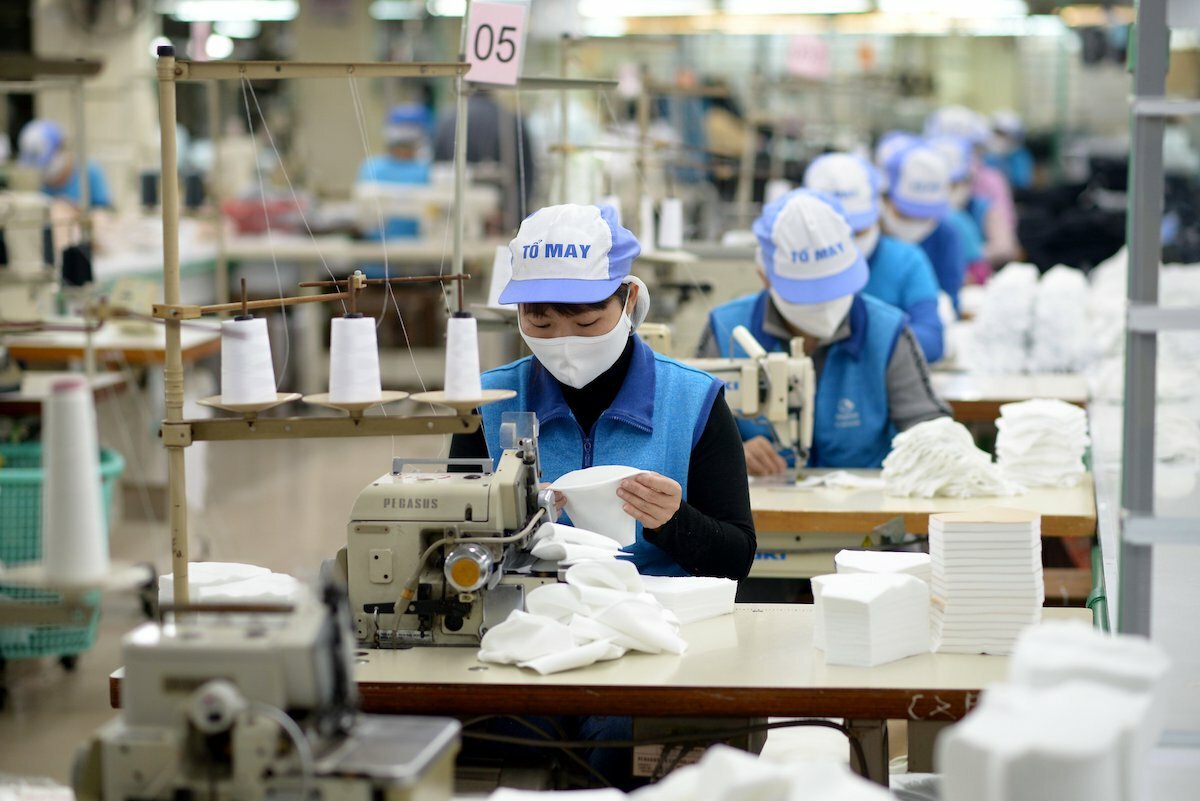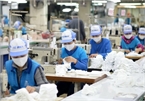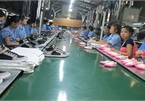The European Parliament on February 12 officially ratified the EVFTA.
EVFTA is expected to make significant contributions to export volume of both sides with Vietnam and EU export turnover expected to increase by 15 billion euros and 8.3 billion euros, respectively, by 2035.

Under EVFTA, most yarn and fabric products will enjoy tax exemption as soon as the agreement takes effect, while the tariffs will be cut step by step to zero percent within 6-8 years.
As such, the gap between Vietnam’s textiles and garments and Bangladesh which now enjoys zero percent tariff, will gradually be narrowed, while Vietnam has greater advantages than China which bears the tariff of 12 percent.
Meanwhile, the preferential tariff (zero percent) applied to Cambodia has been suspended because of labor right violations discovered recently.
| Under EVFTA, most yarn and fabric products will enjoy tax exemption as soon as the agreement takes effect, while the tariffs will be cut step by step to zero percent within 6-8 years. |
However, in order to be eligible for the preferential tariffs in EVFTA, Vietnam’s products need to satisfy the requirements of the origin rule. This means that Vietnamese enterprises have to use Vietnam-made or EU sourced materials to make products.
This is a difficult problem to be solved. At present, Vietnam has to import up to 80 percent of fabrics to make garments. Of this, 55 percent is from China, 16 percent from South Korea, 12 percent from Taiwan and 6 percent from Japan.
Vietnam’s products will have to compete fiercely with other big exporters such as China, India, Bangladesh, Cambodia and Pakistan. The countries consider Vietnam a big rival and apply important policies to help develop their textile and garment industry.
Bao Viet Securities (BVSC) also emphasized the ‘fabric onwards’ principle stipulated in EVFTA. Therefore, EVFTA will only bring real opportunities to enterprises with material self-supply capability and a high number of customers from the EU.
BVSC has named two companies that can benefitfrom EVFTA – TNG, a listed company on the Hanoi bourse, and TCM on the HCM City bourse.
For TNG, the EU is the biggest market, which brings 54 percent of revenue. In the last three years, TNG reported post-tax profit of hundreds of billion of dong each year and profit growth rate of 42 percent per annum in 2016-2019.
In 2019 alone, TNG made a post-tax profit of VND230.8 billion, an increase of 28 percent over 2018.
Turnover from the EU market only accounts for 5 percent of total turnover of TCM.
Linh Ha

Mounting difficulties may lead half of Vietnam textile-garment firms to bankruptcy
Some importers from US and EU, major markets for Vietnam’s textile and garment industry, have stopped orders within three to four weeks on Covid-19 pandemic.

Textile and footwear firms go local to survive pandemic
While most textile and footwear enterprises in Vietnam struggled to find alternative sources of raw materials to maintain production, some with local sources have survived during the COVID-19 pandemic.
 TNG Investment and Trading JSC (TNG) and Thanh Cong Textile Garment Investment JSC (TCM) are expected to benefit the most from the EU-Vietnam FTA (EVFTA), according to Bao Viet Securities." itemprop="description" />
TNG Investment and Trading JSC (TNG) and Thanh Cong Textile Garment Investment JSC (TCM) are expected to benefit the most from the EU-Vietnam FTA (EVFTA), according to Bao Viet Securities." itemprop="description" />